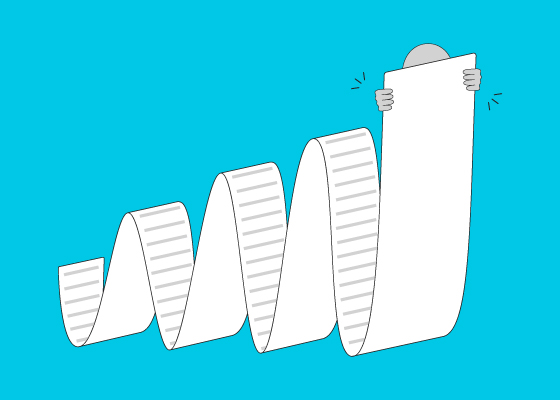Teilnahmebedingungen für das Gewinnspiel “Brain Boost Event 2025 – Gewinne 2x Teilnahmeplätze für dich und deinen Lieblingskollegen in Seefeld”
Teilnahmebedingungen:


Do you know how to reduce unnecessary overhead? Jason Lipscomb, DDS, co-host of the Dental Hacks podcast shares tips on how to identify and manage the causes of overhead.
Our dental practices are forever changed by the COVID-19 pandemic. We’ve had to rethink internal processes and procedures, staff training and communication, and protocols with patients. The need for additional infection control measures has definitely been a headliner. With all this change comes a huge need for managing our practice overhead – perhaps now more than ever. Of course, there is no single culprit when it comes to unnecessary overhead (that would be too easy!). More often than not, it’s a number of little things that quickly add up. The real kicker is a lot of them are supposed to be helpful business purchases, like contracted services. But if you have four, five or even ten of these services, you can be spending quite a lot of money. And while that may not be a problem if you’re utilizing all of those services to their full potential, it becomes a problem if they are left unused.

For my practice, I channeled my inner Marie Kondo to figure out what sparked joy – or more precisely, what is a smart business purchase. Instead of leaning on a spreadsheet to figure out what exactly we were spending, I went old school and used note cards. I wrote down every single monthly expense for my practice and put them on the floor. From there, they went into two categories: Necessary and Unnecessary.
I asked around my office to see what was important from my team’s perspective and included that in my final decision. After sifting through everything, we eliminated all the items that didn’t give us any real support.
By going through this process manually, I was able to put things into perspective more clearly. It made the entire situation more impactful and, overall, more helpful. Sometimes spreadsheets can be created, but then left to the side, never to be used again.
For anyone who is staring uphill at practice recovery and is starting the daunting task of identifying overhead expenses, I encourage them to write everything down and to print off credit card statements or invoices every month to go through them line by line. This can help identify what you need and what you can do without. Sometimes, you’ll even discover that while you may need a specific product, maybe you’re ordering the incorrect amount.

There are plenty of causes of unnecessary overhead. As I mentioned before, going through line by line can help with things like subscription services and supplies, but staffing costs can need a slightly different approach.
When staff members are coming into the office, they should always have work to do and be trained on processes in the workplace to make sure everything is seamless. With new infection control guidelines being mapped out and handed down, staff training could make a lot of sense now if you’re not yet drinking from the firehose!
In my practices, we aim to maintain a good digital record of every patient. To accomplish that, we set the goal of training every single person who works in my practices to be able to do a digital scan on a patient. So, when I recently purchased two new scanners for my practice, we began training the staff to use them.
Training is a great way to keep people involved and helpful for treatment planning. Not only does this help keep staff busy, but it also helps the patient better understand what is happening for treatment because everyone can have a real conversation with the patient.
You’re probably laser-focused on getting the doors open and ramping up your practice right now, but if identifying the causes of unnecessary overhead is something you’ve been avoiding, it’s time to rip off that bandage! And even if you do check your overhead, but are struggling to find ways to help, try writing it all down and have conversations with your staff. By talking through the causes or looking over reports and statements, you can better understand the financials of your practice. And when it all seems like it’s too much to sift through, remind yourself that you can get it done. You can accomplish quite a lot if you dedicate ten minutes a day to the task.

How do you motivate your patients? Discover how caries risk assessments and motivational interviewing tactics can help you connect with…

Caries is a complicated multifactorial disease. In this two-part series, explore how caries risk assessments can help improve evaluation and…